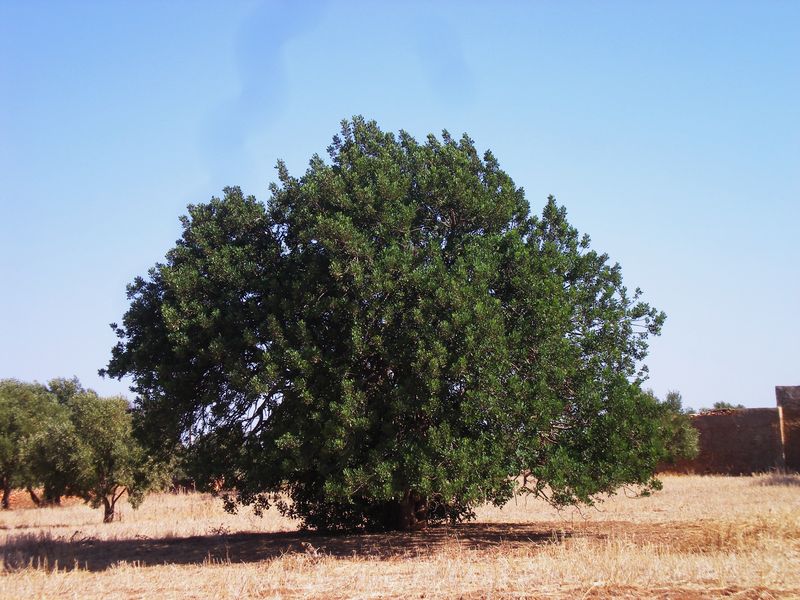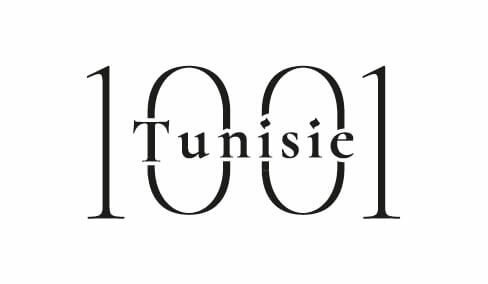
This fruit, from where we get the locust, is increasingly used in European countries like Spain and Portugal for its valuable seed and flour that is extracted, or locust bean gum, known in Anglo-Saxon under the name “locus bean gum”. This gum, derived from locust beans, is used mainly in the food industry, pharmaceuticals and cosmetics.
It also serves as a thickener in textile for papermaking, to enhance the flavor of the cigarettes; and is also popular for those using slimming qualities as it is considered a natural appetite suppressant. Flour or locust bean gum is sold in Europe at about 50 euros / kg. A ton of carob offers almost 150 kg of seeds which 90% may be processed into flour E410.
Nationally, consumption is limited to the product whose price varies from 700 millimes the kg to 1dt500 . Abdelhamid Khaldi, believes that “the Tunisian agricultural promoters and support structures for agricultural projects must anticipate the success of such projects in the future.” He recommended that “the APIA (Agency for agricultural investments) adds culture of the carob tree to the list of priority projects to assist financially and support. ” The Tunisian researcher adds that Tunisia is able to develop the cultivation of a variety with better performance and cites a record 542 kg of products in a single season by a tree in the Rades region, given that the annual production of a carob tree is estimated at 800 kg.
Carob is cultivated in Mediterranean countries, including Spain and southern Italy (Sicily). Morocco is the second largest producer of carob that manages to draw as much wealth as the argan. Strong global demand carob is confirmed and the demand is estimated at more than 40,000 t / year while supply is around 32,000 t / year.
1001Tunisie/Tap
{mainvote}


 َAbonnez-vous
َAbonnez-vous

